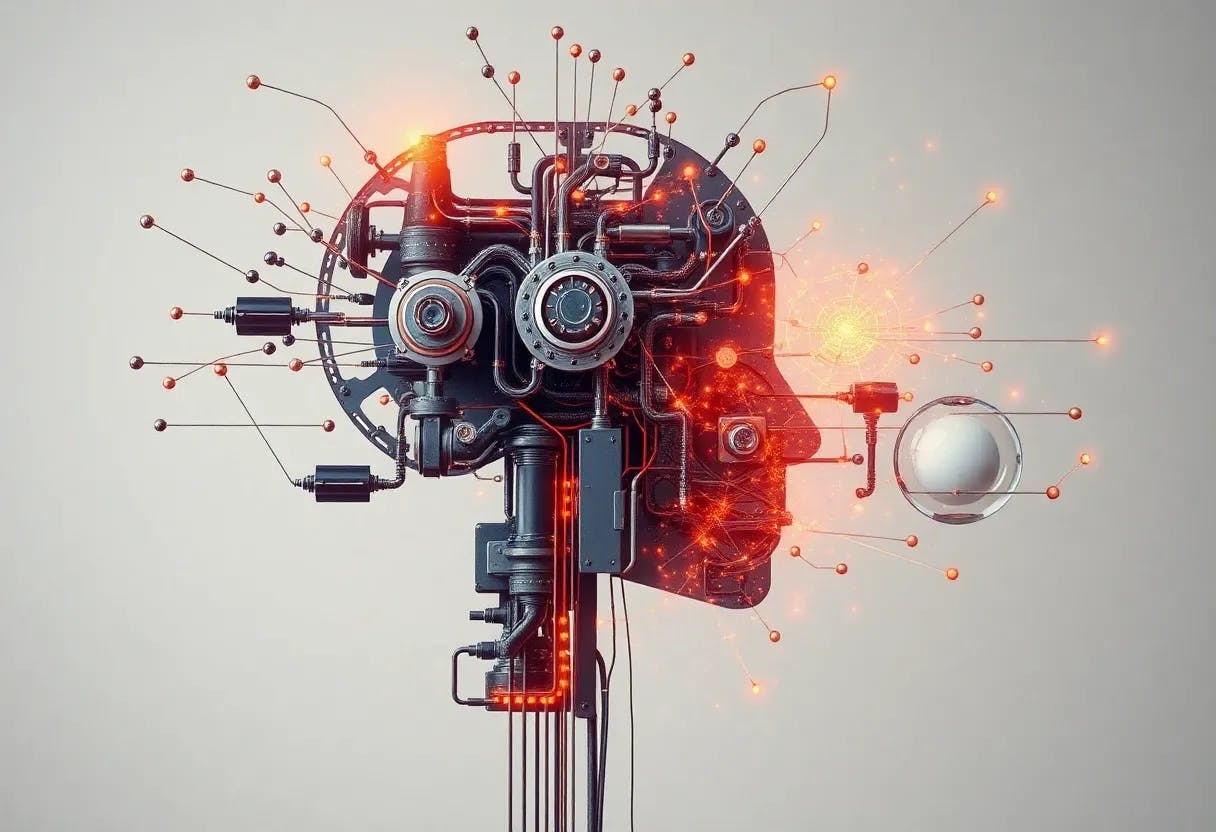Generative AI is no longer a futuristic buzzword — it’s already reshaping how we write, draw, compose, and design. But could it also be the stepping stone to something far more powerful: artificial general intelligence (AGI)?
This article explores how AIGC (AI-Generated Content) technologies — from text and image generation to multimodal learning — are informing, enabling, and accelerating the journey toward AGI. It also takes a critical look at where the gap still lies, and the ethical challenges we’ll need to solve before machines think like us.
What Is AIGC Really Doing?
Unlike traditional AI that classifies or predicts, AIGC creates. It learns patterns from data — words, images, audio — and generates entirely new content that can be indistinguishable from human-made output.
Core AIGC Architectures
- GANs: Adversarial models for image and video generation
- VAEs: Latent-space generators for representation learning
- Transformers: Like GPT, which powers today’s text and code generation
- Diffusion models: Leading image synthesis tools like DALL·E and Stable Diffusion
These models are pushing the boundaries of AI creativity, enabling systems to write novels, compose symphonies, design buildings, or even simulate human conversation.
Where AIGC Is Already Thriving
- Text: ChatGPT, Bard, Claude, etc.
- Image: DALL·E 3, Midjourney, Stable Diffusion
- Music: AI composers for games, films, or personal projects
- Video: Early-stage tools that animate text or still images into synthetic video
What Is AGI — and Why Aren’t We There Yet?
AGI, or Artificial General Intelligence, is the holy grail: a system that can understand, learn, and reason across domains like a human — or better.
Key Traits of AGI
- Cross-domain learning: Can transfer knowledge between tasks
- Autonomy: Learns and adapts with little or no human input
- Reasoning: Understands causality and logic
- Social intelligence: Grasps emotion, ethics, and context
Why AGI Is Still Elusive
- Reasoning is brittle: Today’s models are great at mimicking, not thinking.
- World models are shallow: LLMs don’t really “understand” what they generate.
- Safety is unresolved: How do we ensure general systems remain controllable?
- Ethics is a moving target: What’s “safe” or “fair” varies across cultures and contexts.
Is AIGC the First Step Toward AGI?
Many researchers believe so — and for good reason. AIGC models are pioneering some of the core building blocks that AGI will require:
Shared Technical Foundations
- Language and vision integration (multimodal models)
- Reinforcement learning with feedback loops
- Meta-learning and prompt engineering
- Self-improving agents (think AutoGPT and BabyAGI prototypes)
How AIGC Is Accelerating AGI
- Creativity as a cognitive trait: Content generation isn’t just output — it requires abstraction, intent, and novelty.
- Cross-modal fluency: From generating images from text to summarizing video content, AIGC systems are learning to unify sensory input.
- Contextual adaptation: Large models increasingly fine-tune responses based on emotional tone, audience, and task.
But creativity alone doesn’t equal general intelligence — and that’s where the line remains.
The Gap Between AIGC and AGI
Despite the excitement, we must separate hype from reality:
- Reasoning Depth: AIGC can simulate logic — but it doesn’t yet understand.
- Intuition: AIGC lacks the commonsense reasoning humans take for granted.
- Embodiment: AGI may require grounding in real-world interaction (robotics, sensors).
- Ethical sense-making: True general intelligence must understand more than rules — it needs moral frameworks.
What Comes Next?
AIGC as AGI’s Playground
AIGC isn’t AGI, but it’s teaching us how AI learns, adapts, and generates knowledge — and giving us the infrastructure (datasets, frameworks, training paradigms) that AGI will likely build on.
Ethical Design
As AIGC becomes more powerful, the risks scale too:
- Deepfakes
- Plagiarism
- Biased content
- Hallucinated facts
We need guardrails — and we need them now — before AGI scales these problems by orders of magnitude.
The Long View
The path from AIGC to AGI may not be linear, but it’s clear that generative intelligence is a meaningful milestone. The creative spark that powers AIGC might one day evolve into true cognitive flexibility — the kind that lets machines reason, question, and choose.
Final Thought
We’re witnessing the most creative moment in AI’s history — and perhaps the early stages of something far deeper. Whether AIGC becomes the backbone of AGI or just a precursor, one thing is certain: the systems we’re training today are shaping the minds we may build tomorrow.
AGI isn’t science fiction. It’s an engineering challenge — and AIGC might be where it begins.








